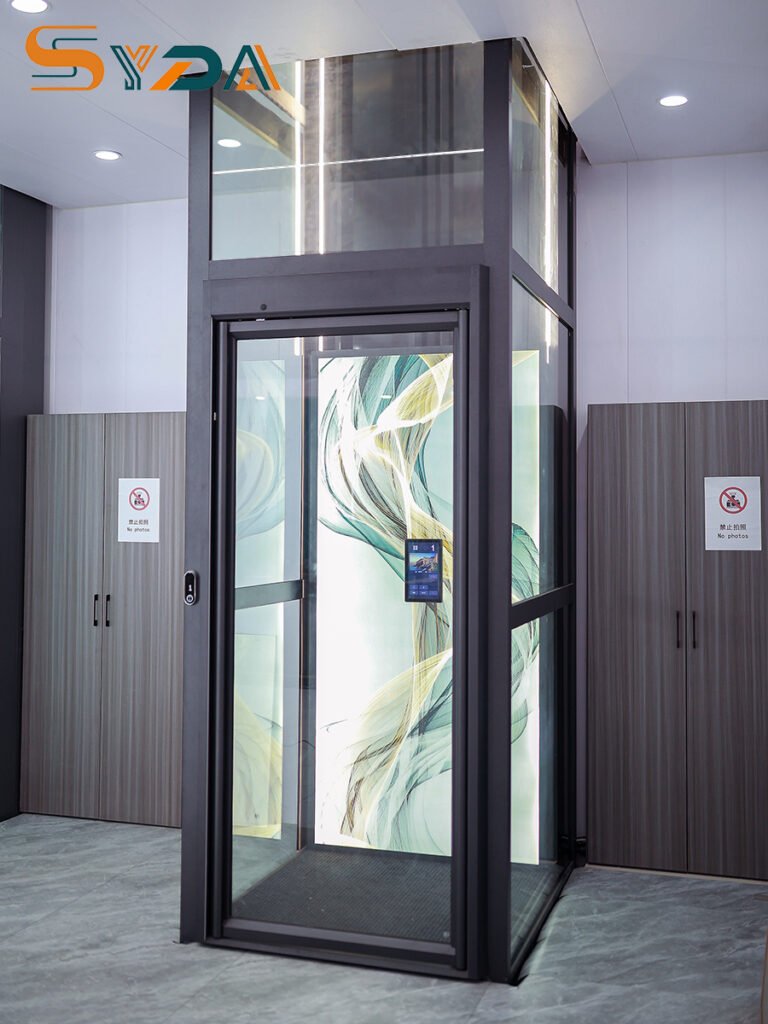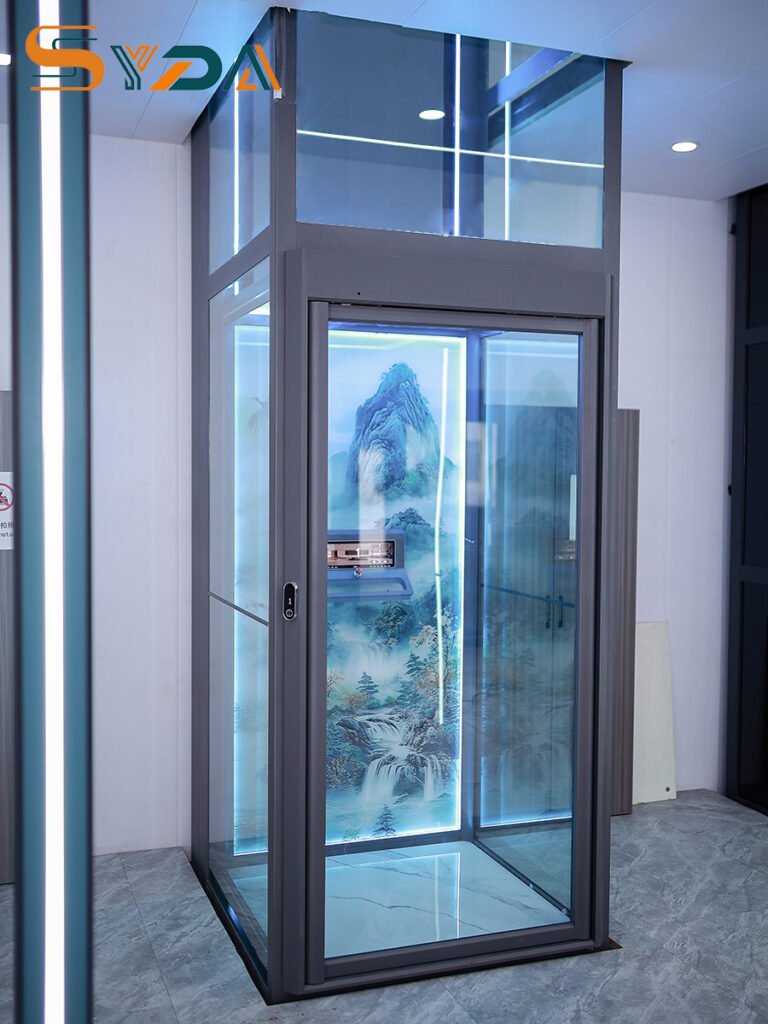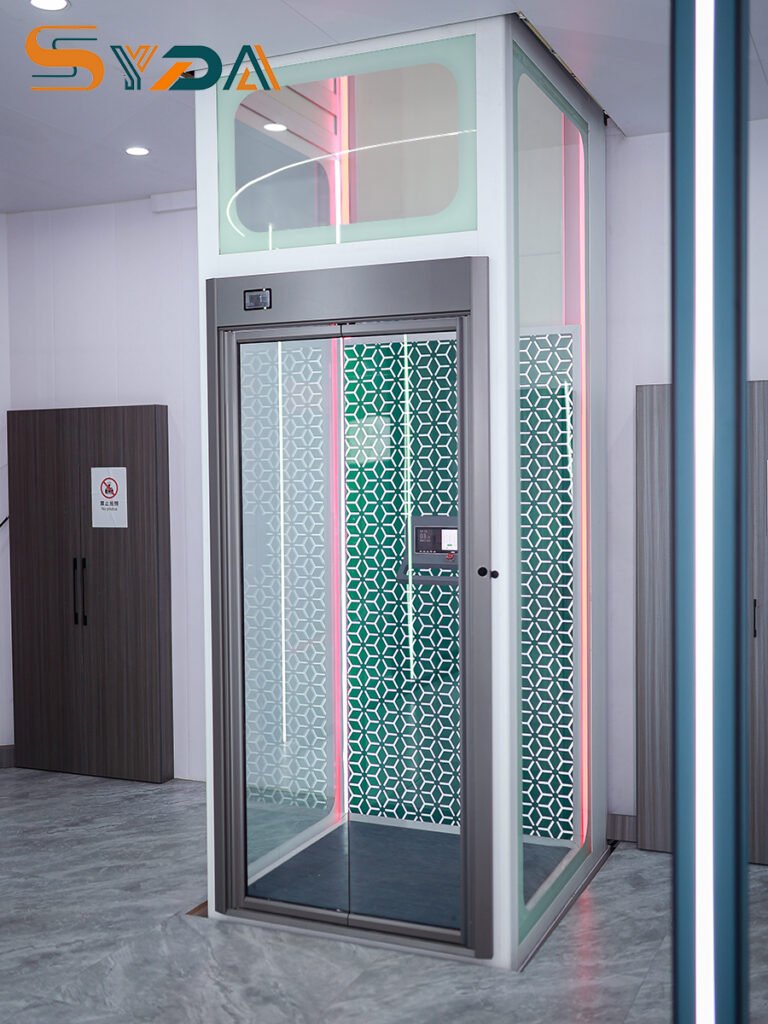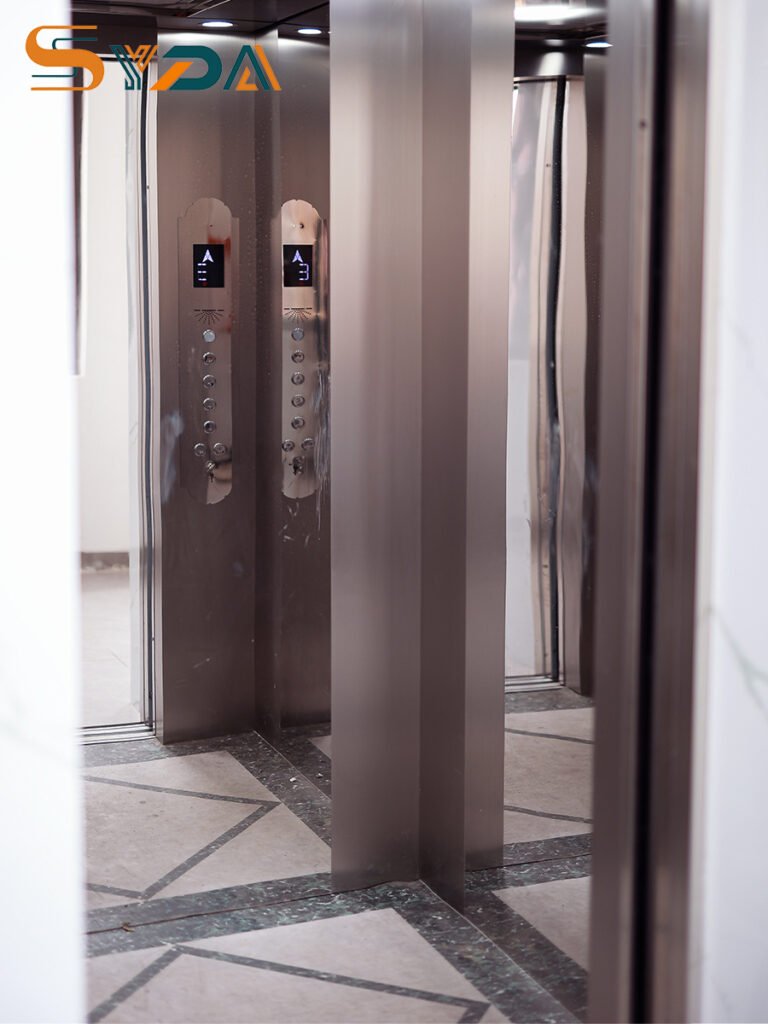Traction elevators, as the technological benchmark of modern vertical transportation systems, continue to lead global skyscraper and smart city development. Leveraging high efficiency and energy-saving capabilities, this wire rope friction-driven solution dominates skyscrapers, commercial complexes, and luxury residences, projected to capture 68% of the global market by 2024.

Technological Evolution and Energy Efficiency Revolution
Breakthroughs in traction elevators began with the commercialization of permanent magnet synchronous motors, reshaping industry standards across three dimensions:
Energy Efficiency: Rare-earth PM motors reduce energy consumption by 40% versus geared systems. KONE’s UltraRope carbon-fiber ropes enable 1,000m+ travel heights;
Space Optimization: Machine-room-less (MRL) designs save 30% overhead space. Mitsubishi’s NEXIEZ-MR integrates control cabinets into shafts, minimizing shaft footprints to 1.5m×1.5m;
Smart Maintenance: Schindler’s PORT AI predicts failures, slashing response time from 48h to 4h and cutting maintenance costs by 25%.
The 2023 Dubai Creek Tower project set new efficiency records with double-deck traction elevators transporting 80 passengers per trip.



Global Market Dynamics and Growth Drivers
Regional demand for traction elevators shows three-tier differentiation:
Asia-Pacific Leadership: China’s “New Urbanization” policy drove 980,000 installations in 2023 (54% global share), while India’s Smart Cities Mission fuels 19% annual growth;
European Upgrades: EU EN81-20/50 standards mandate elevator retrofits, creating a €4.7B market by 2025. OTIS Gen3’s regenerative braking cuts energy use by 15%;
Middle East Innovation: Saudi NEOM’s smart city project orders 2,000+ maglev traction elevators with contactless summoning and aerodynamic cabs reducing energy loss by 28%.
Green Technologies and Sustainable Innovation
Carbon neutrality goals drive traction elevator transformations:
Material Revolution: Thyssenkrupp TWIN systems share shafts to cut steel use by 40%, while bamboo-fiber cabs reduce carbon footprints by 60%;
Energy Regeneration: Hitachi BL7000 feeds braking energy back to grids, generating 4,800kWh annually per unit;
Climate Adaptation: Schindler S7000 Desert Edition maintains ±5mm precision in 50°C environments with triple-extended lubricant life.
Singapore’s CapitaSpring tower uses AI traffic optimization to reduce traction elevator wait times by 22%, saving 180,000kWh yearly.

Challenges and Future Prospects
The industry faces three challenges:
Supply Chain Risks: Rare-earth price volatility impacts PM motor costs (35% of drivetrain);
Cybersecurity Threats: IoT elevator cyberattacks surge 120% annually, countered by OTIS’ blockchain-encrypted systems;
Skill Shortages: A global shortage of 240,000 technicians prompts KONE’s AR training to boost efficiency by 300%.
Next-decade innovations focus on:
Magnetic Levitation: Thyssen tests 20m/s vacuum tube elevators eliminating ropes;
Digital Twin Maintenance: Siemens MindSphere achieves 99.7% predictive accuracy through lifecycle data modeling.
As skyscrapers pierce the clouds, traction elevators are redefining human vertical frontiers through technological innovation.





